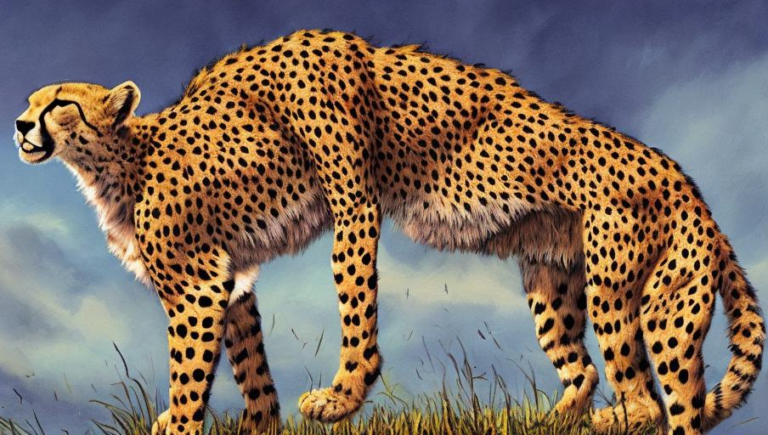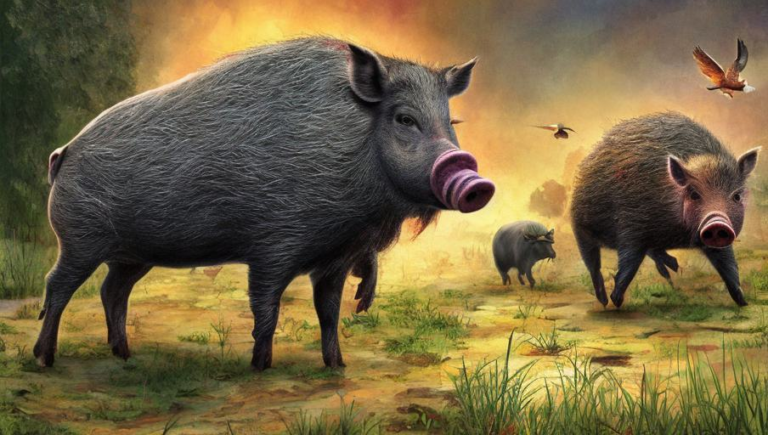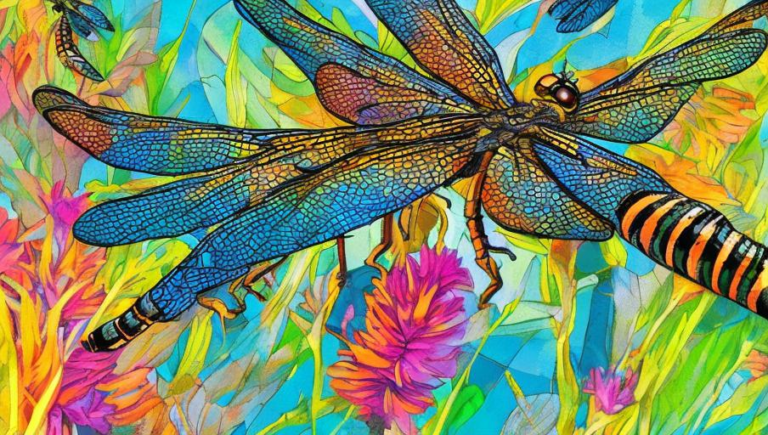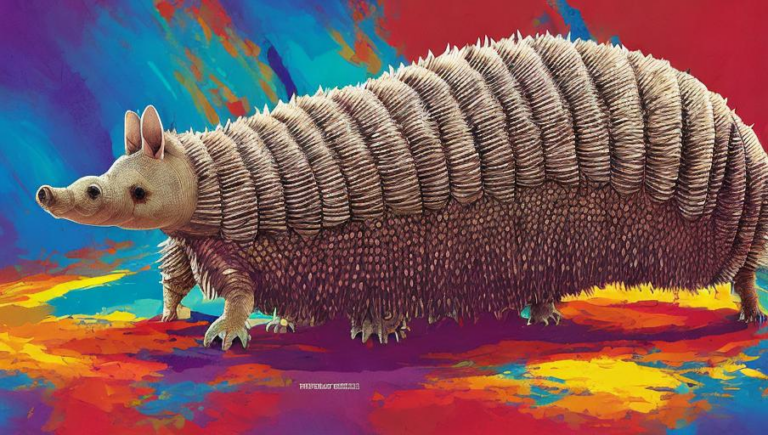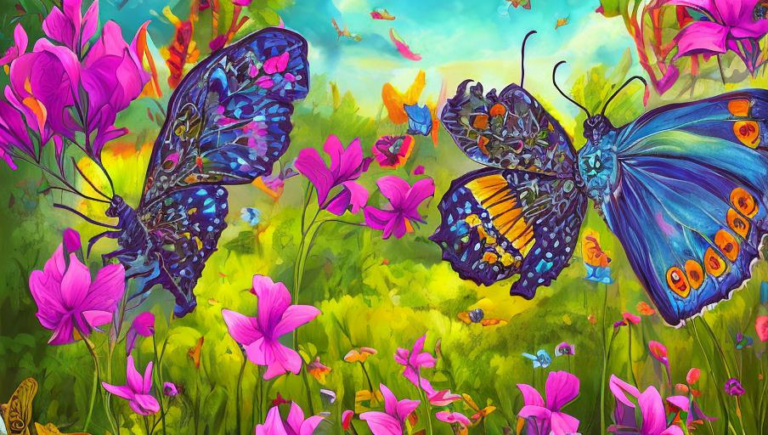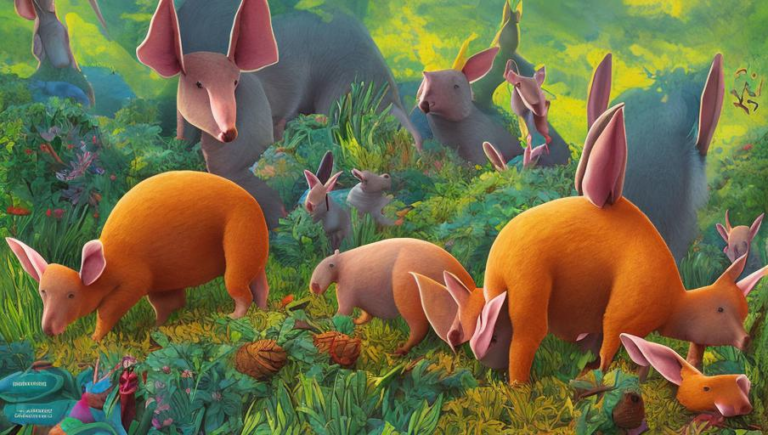Jaunt Through the Chough’s Range
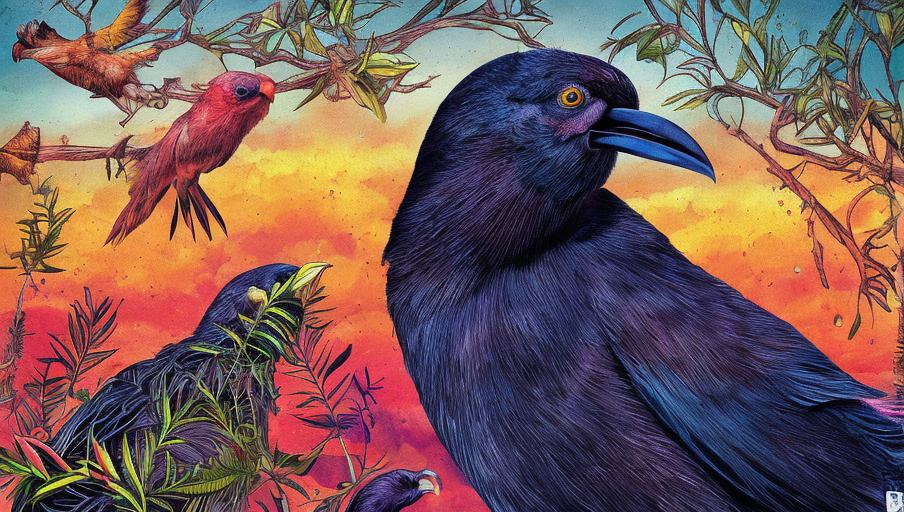
Introduction
The Chough, or Pyrrhocorax pyrrhocorax, is a species of bird in the Corvid family. This species is found across Europe, Asia and North Africa. It is most commonly found in mountainous regions, and is known for its distinctive curved red bill and red legs. The Chough is a highly social species, living in flocks of up to 100 birds and often taking part in spectacular aerial displays.
Habitat and Diet
The Chough is primarily found in coastal and mountainous regions, especially in areas with cliffs or rocky outcrops. It feeds on a wide variety of invertebrates, including beetles, snails, spiders, and worms. It also searches for food on the ground, often turning over stones in search of food. On rare occasions, it may also take eggs from other birds.
Reproduction and Breeding
The Chough nests in colonies, with up to a dozen pairs in a single area. The female builds a large nest out of sticks, which she then lines with feathers. The male feeds the female during incubation and then helps to feed the young once they have hatched. The young Choughs leave the nest after around five weeks, but the parents continue to feed them for another couple of weeks.
Threats and Conservation
The Chough is listed as Least Concern on the IUCN Red List. The main threats to this species include habitat destruction, human disturbance, and predation. The species is also vulnerable to climate change and has suffered from the effects of overgrazing. Conservation efforts to protect this species include habitat protection, raising awareness of threats, and providing supplementary food during harsh winters.
Conclusion
The Chough is an iconic species found in many mountainous regions of Europe, Asia, and North Africa. It is a highly social species that forms large flocks and takes part in spectacular aerial displays. Unfortunately, its population is threatened by human activities, such as habitat destruction and disturbance. Conservation efforts are underway to protect this species and its habitat, so that future generations can continue to enjoy its presence.
